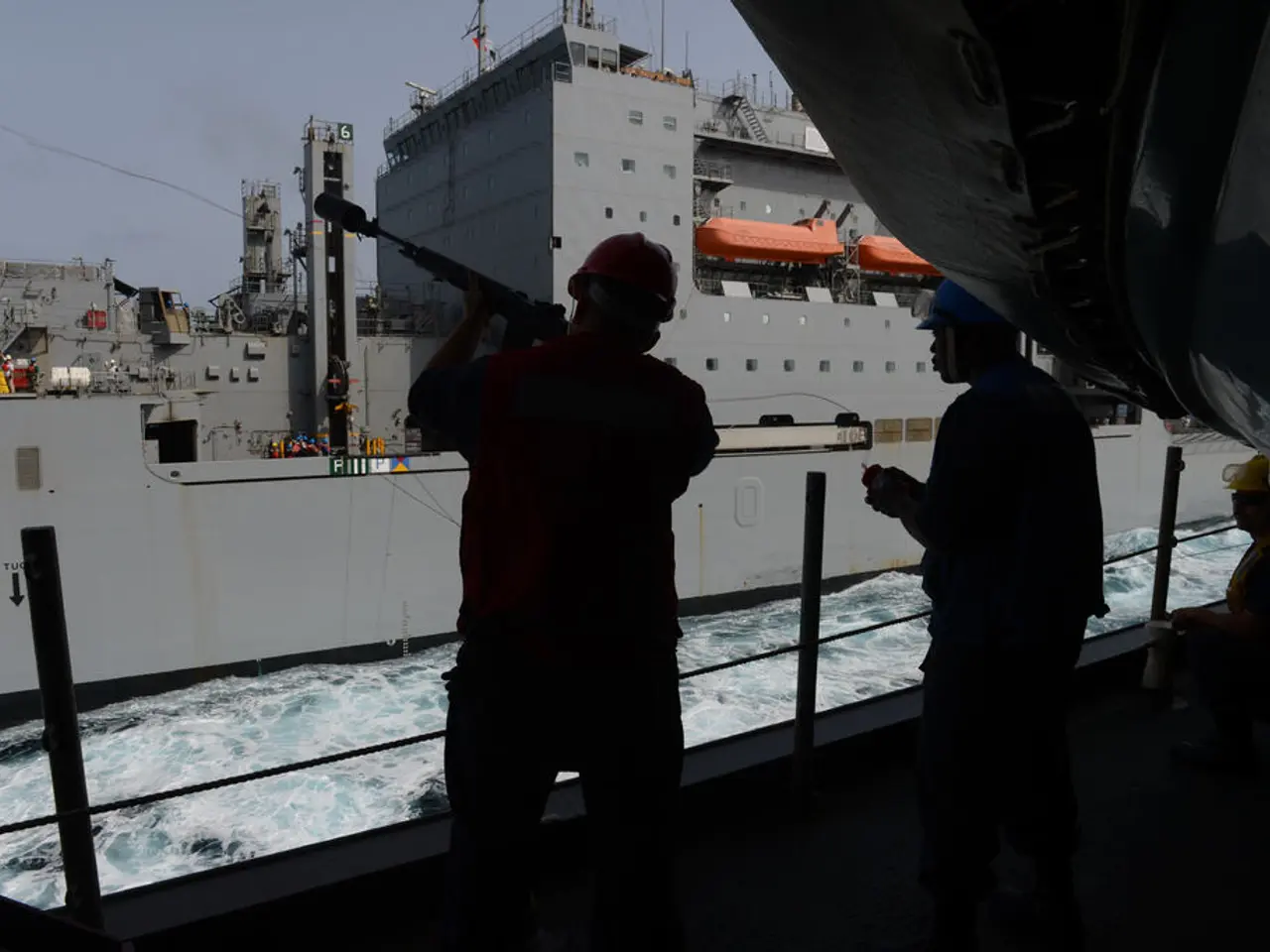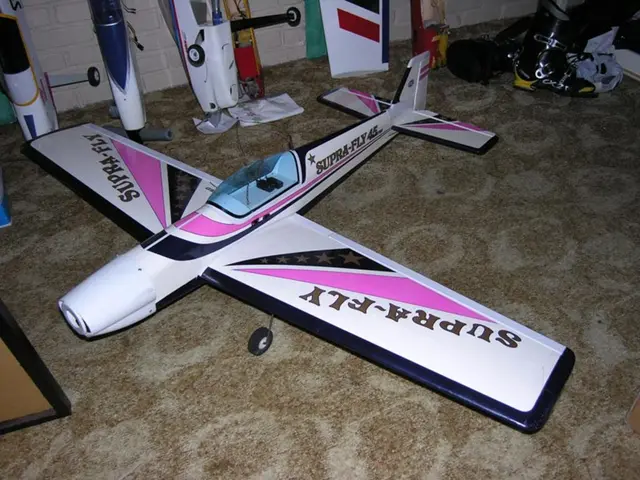Advanced Artificial Intelligence could potentially render undetectable submarines obsolete, simplifying detection: Chinese analysts suggest.
In a groundbreaking development, China's Helicopter Research and Development Institute has unveiled an advanced Artificial Intelligence (AI) driven Anti-Submarine Warfare (ASW) system. This system, capable of detecting and tracking even the quietest submarines, is set to reshape naval warfare as we know it.
The ASW system maintains an impressive overall success rate of around 95 percent, relying on a three-layer structure: perception, decision-making, and human-machine interaction. The perception layer gathers data from multiple sources, including sonar buoys, underwater sensors, radar, ocean temperature, and salinity, to create a real-time, comprehensive picture of underwater activity.
The decision-making layer is responsible for rapidly determining where to search, how to configure its sensors, and how to respond when a submarine attempts evasive maneuvers such as zigzagging, going silent, or deploying decoys. This layer, powered by large language model-based interfaces, helps human operators manage multiple AI agents, reducing cognitive load during high-pressure missions.
The system's intelligence and real-time decision-making capabilities have led to reports suggesting that the era of stealth submarines may be coming to an end. Traditional submarine stealth strategies, long considered a cornerstone of naval strategy, may soon be less effective against AI-enhanced naval technologies.
The study revealing this advanced ASW system was published in the peer-reviewed journal Electronics Optics & Control in August. The research was led by senior engineer Meng Hao of the China Helicopter Research and Development Institute.
Future iterations of the system could be paired with aerial drones, surface ships, and unmanned underwater vehicles to form a fully integrated three-dimensional hunting network. According to the study, this could potentially reduce a submarine's chance of escape to just 5 percent, meaning only one in 20 would likely evade detection and attack.
As of mid-2025, open sources indicate that the US operates around 70 nuclear-powered submarines, capable of blending into the ocean's background noise and deploying advanced drones designed to confuse and distract enemy tracking systems. The development of this AI-supported ASW system could mark a significant shift in naval warfare dynamics.
However, it's important to note that the development of the AI system was not explicitly attributed to any company or institution in the provided search results. The implications of this advanced technology on global naval strategies are yet to be fully understood and will undoubtedly be a topic of ongoing discussion and research.
Read also:
- Hydrogen set to revolutionize India's space expeditions, transportation sector, and clean energy ambitions, according to ISRO Chairman's claims
- Strategic approach to eco-friendly nickel production for electric vehicles in Europe
- Solar energy company, Imperium, alongside QORAY Mobility & Energies Solar Business, bolsters Nigeria's environmental future by producing superior solar panels domestically and offering flexible payment options.
- AI Inspection Company, Zeitview, Secures $60 Million Funding for Expansion








